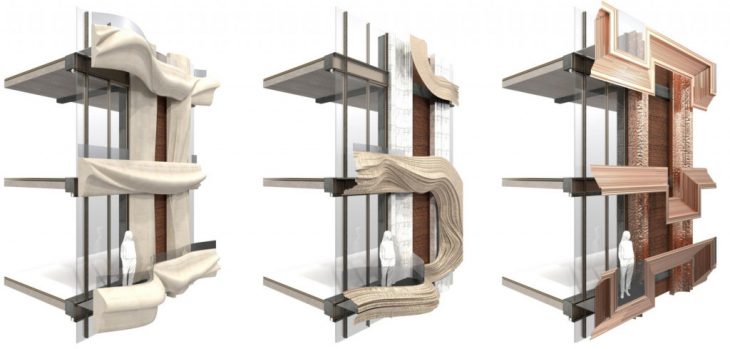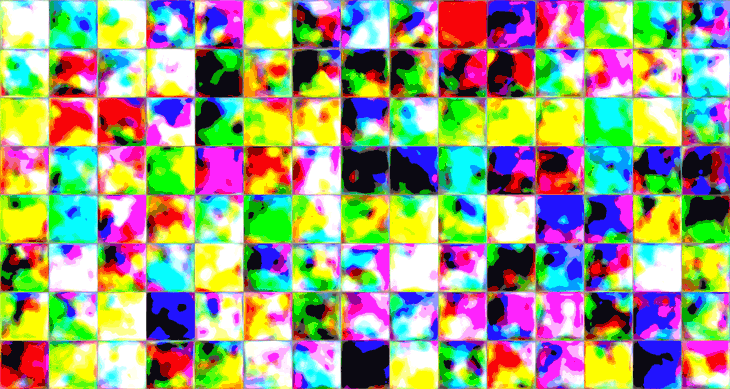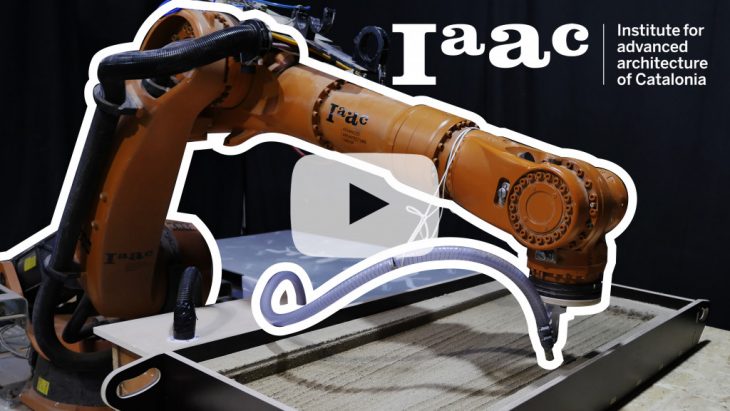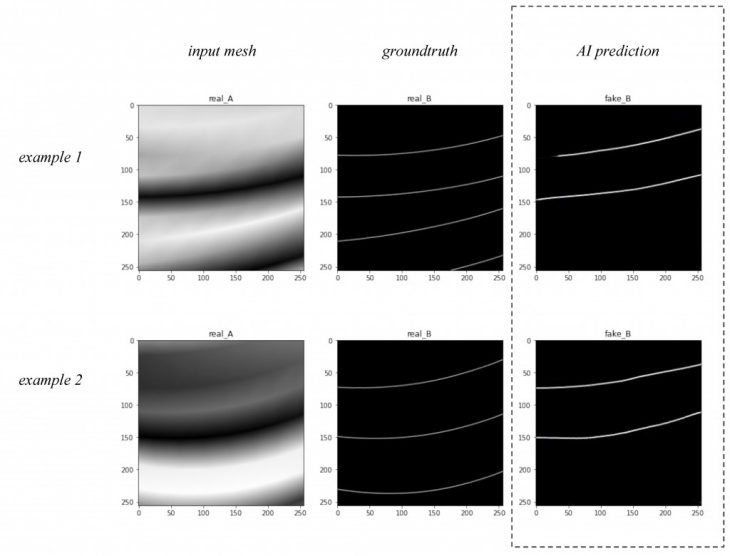Robotic Sandcast – Arena Robòtica // R.3 STUDIO
The project Arena Robòtica – Robotic Sandcast seeks to develop a data driven enhancement of intricate surface topologies. We focused on datasets informed by culture and the built heritage with the example of the Catalan Modernism. In catalan, the word – arena – translates to sand. The use of sand plays a key role in our project, which aims to become a simple, efficient, but low-cost process to be able to fabricate intricate surfaces in a rapid manner without the need of wasteful and expensive molds.
Started with an interest to capture gaudiesque architecture as 3D scans for use beyond surveying. This led to the extraction of iconic features to be trained by a neural network to support the iteration into new profiles, panels, and toolpaths.
Context Hypothesis
It’s hard to define what makes something beautiful, but we seem to know beauty when we see it. It is part of human nature to be attracted to pattern and surface intricacy. The recognition of certain patterns is deeply rooted in human mind. Patterns are all rooted in nature, the recognition within nature became part of our biology because they helped our ancestors to survive.
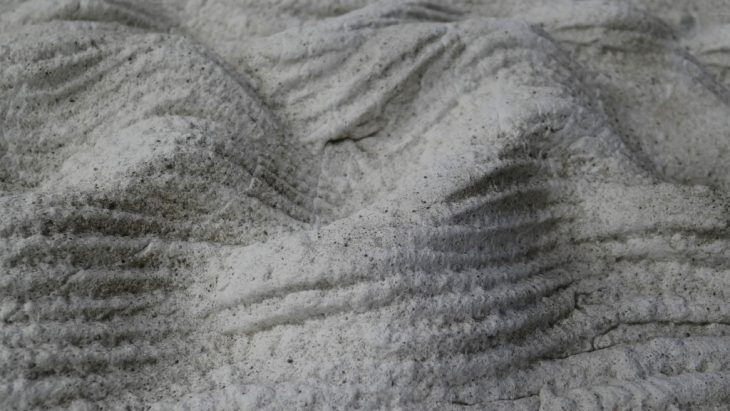
Figure 1: The aim for surface complexity
“Our world is complex and intricate. Buildings are an exception – low in resolution and materiality, inefficient, a generalized solution still constrained by the economics of Fordist production.”
Robert Stuart Smith, for CityX Venice
During the past decades, profit-driven developers no longer had to spend any money on anything to do with beauty. During the modernist era, the word ‘beauty’ and ‘ornament’ became taboo. Since the dawn of construction, it was understood that the task of the architect was not only to make a building serviceable, but also to render it beautiful. High-tech materials, prefabrication and the common aim for maximum precision led to the perfect surface, but flat.
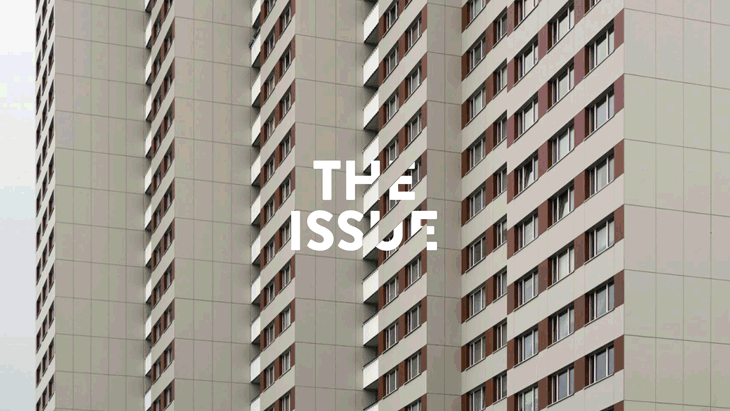
Figure 2: Motivation – Loss of Surface Intricacy
Our key research questions became – Can we use modern technology to bring back real surface intricacy in our capitalist society, into our future cities? Can we find a cheap and efficient process that allows more complexity without extra cost for the everyday architecture?
State of the Art
An efficient and sustainable fabrication of individual parts demands for the development of new formwork strategies.
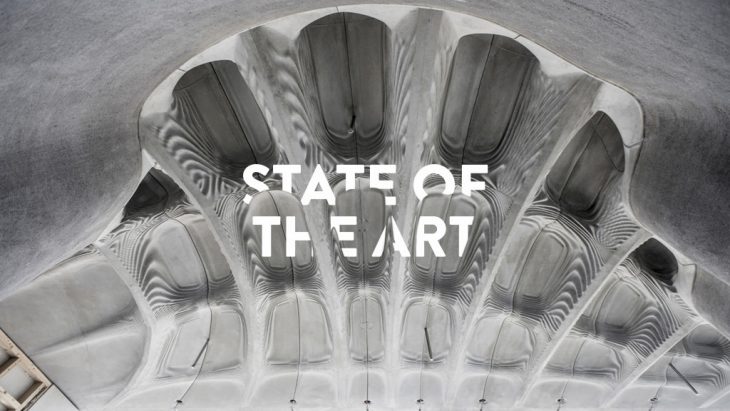
Figure 3: State of the art | source: ETH Zurich
The idea is to create a simple and affordable process that allows a high degree of freedom to create complex surfaces for the AEC industry without the extra cost of this costly and wasteful construction by-product, the casting mold.
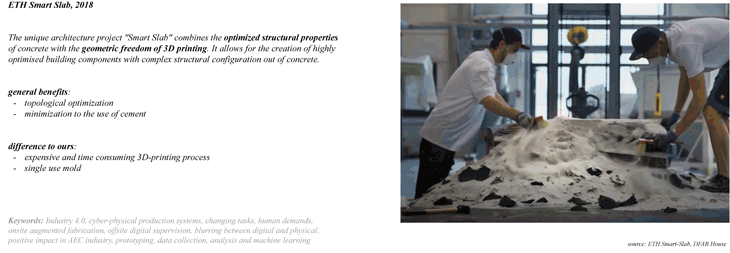
Figure 4: Advanced casting methods within state of the art academic research
The project “Smart Slab” combines the optimized structural properties and 3D printing techniques to minimize the amount of cement used. This additional aspect of being highly optimized leading to this performative aesthetics. The mold may be reused, but only for exact copies. Nevertheless, it is still a negative casting mold needed and at the very end leading to construction waste as a by-product.
The innochain research of “Ice Formwork” allows for complex 3-dimensional concrete molds without material waste, but a self-resolving cast. Effectively reducing embodied energy and carbon footprint of concrete products by 40-50%. The only limitation would be the size as in most regions would need a sub-zero cooling chamber for the process. This leads to another limit, the size of the parts.
The “Bifurcation columns” of Mark Burry and IAAC are a great example to show how a very simple technique can achieve complex surfaces and different iterations with only a single tool.
The second biggest step to the reduction of concrete use is to avoid it. Other valuable steps to reduce the amount by time is topological optimization, or by adding more properties. Bioreceptive Concrete was used for the project “Computational Seeding of Bioreceptive Materials” by Marcos Cruz et al. to grow microorganisms on top of the final panels.
The “Procedural landscape” projects by Gramazio Kohler research use granular materials such as sand as a reusable molding material to fabricate unique building elements in concrete with a minimum of waste resulting from the formwork. The analysis of the self-organizational properties was investigated. Nevertheless, during the project, further materials were introduced like latex to keep the sand in place while casting concrete.
The workshop “Robotic Clay Molding” by Fabio Gramazio and IAAC researched the use of clay as a reusable molding material to fabricate unique building elements in concrete with a minimum of waste resulting from the formwork.
Project Development
This project sources its foundation on previous connected projects. Started with an interest to capture gaudiesque architecture as 3D scans for use beyond surveying. This led to the extraction of iconic features to be trained by a neural network to support the iteration into new profiles, panels, and toolpaths.
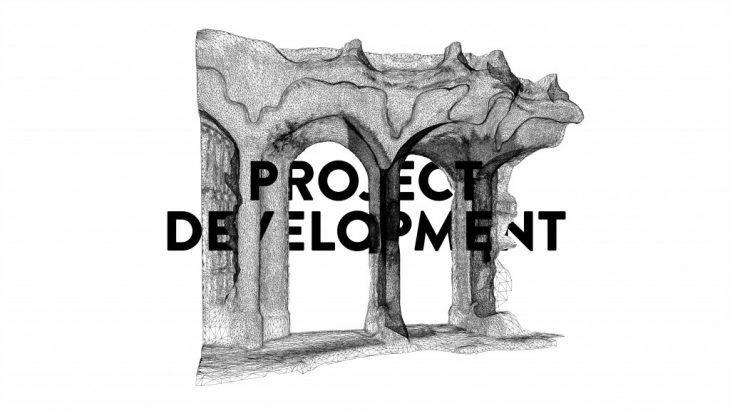
Figure 5: Project development – 3D-scanning iconic architecture
Intricate architecture may seem expensive, but its attraction and cultural value are obvious.
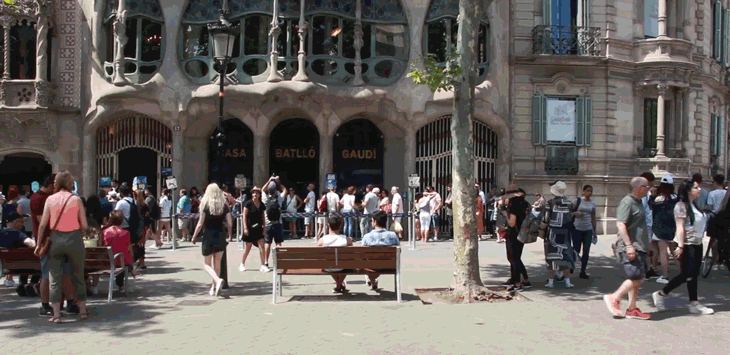
Figure 6: People attracted by architecture – queuing in front of Casa Batlló in Barcelona
We started by analyzing old ornament in Barcelona thanks to 3D scanning, cataloging, and clustering many different typologies and styles.
We tested different Machine learning techniques to generate new ornaments inspired by our scanned data. Quite soon we realize we had to relate it to a specific fabrication, that could keep all projects within reach of the mass.
The project Hallucinating Culture was further investigated in the H.2 Hardware Seminar. Click on the image above (Figure 8) to see the full project.
Robotic Fabrication
The decision was made to have a reusable casting bed from granular material. Different properties of different sand mixtures were investigated. Different sand resolutions, mixtures with water, and bentonite clay, known for example from metal casting processes. The setup with the most attractive to us was the simplest. Standart fine sand without any additives besides water for a nice humid texture resulting in enhanced grip and malleability.
Clicking on the image below (Figure 9) will lead you to the teaser video of the fabrication of the final pieces for this research:
The robotic setup is fairly simple; we build a sandbox of 1600 mm x 800 mm on a turntable in front of the KUKA KR 150 industrial robot. The sand is extracted by a custom end-effector on the robot arm following a roughening toolpath comparable to CNC milling of wood. A strong industrial vacuum is allowing for controlled airflow and the sand is collected in our custom filter box to make sure the sand is reusable without any loss of material.
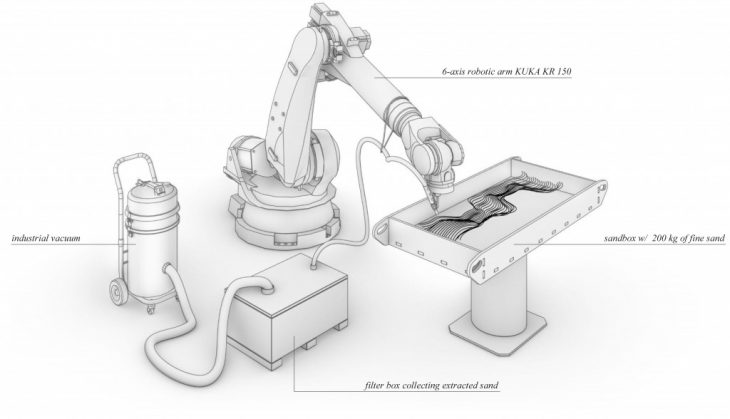
Figure 10: Robot Setup
There is much research using the benefits of sand for the concept of reusable casting molds. One of the earliest experiments with the structural behavior of sand and its self-organizing-properties are the ones from the god of tensile, Frei Otto.
“Any granular material falling from fixed point forms a cone on the surface bellow and a funnel within
the granulate mass with the same angle of inclination, the “natural” angle of repose, 35 degree”
Frei Otto, 1972
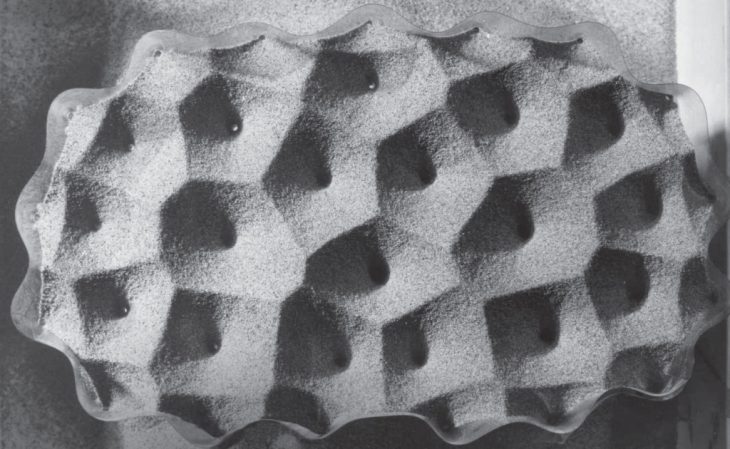
Figure 11: Sand model by Frei Otto, Regensburg project, Atelier Warmbronn, ca. 1970
Based on existing research on casting with sand we explored the preparation of special casting sand by comparing different sand and clay mixtures.

Figure 12: Material exploration – Behaviour of Sand/Clay mixtures
During our manual exploration of the sand-casting process, we narrowed down to use pure fine sand without any aggregates.
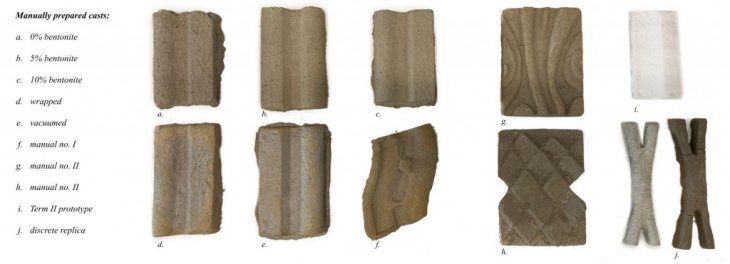
Figure 13: Manual explorations – Casting processes and Sand/Clay mistures
With the introduction of the subtractive forming by vacuum extracting the sand from a fixed volume of sand, we aimed to investigate this low-cost process for the affordable creation of complex surfaces for the on facades etcetera. To allow for more complex forms we needed to free ourselves from the natural behaviour of the sand collapsing into a 35 degree angled slope. We introduced the controlled moisturising of the sand plus an initial compression of the sandbed.
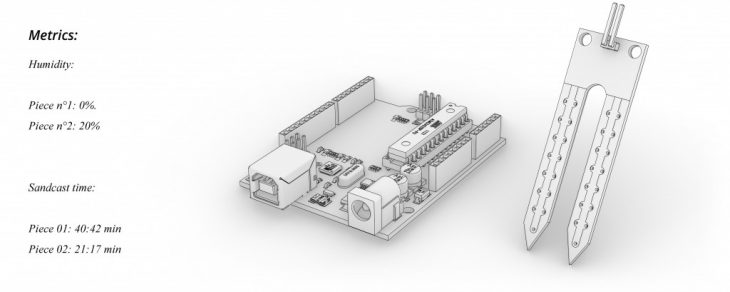
Figure 14: Arduino powered moisture sensor to measure the relative humidity of the sand
To control the relative humidity of the sand, a moisture sensor attached to an Arduino Uno was attached to the sandbed before each extraction process. The investigation led to the result of 20% of relative humidity to be the sweet spot to aim for.
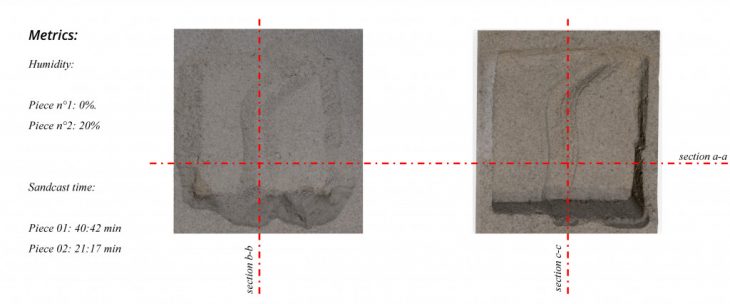
Figure 15: Comparison – 3D-Scan of excavation results dry sand vs. wet sand
The egotiation between being too dry and too wet. At around 0-10% of relative humidity, the sand is resulting in collapsing forms and loss of detail. The opposite, starting above 30% of relative humidity and higher will start giving problems on the hardware side of the process, leading the wet sand to clog the extracting system.
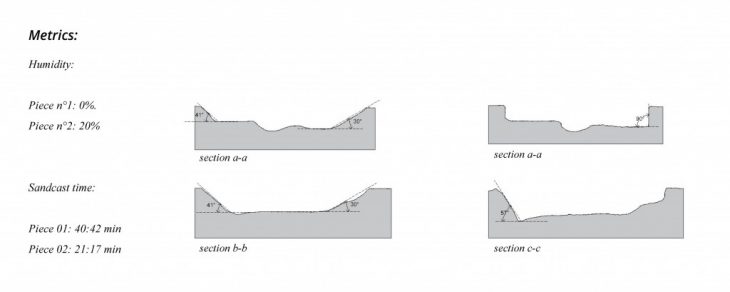
Figure 16: Comparison – 3D-Scan of excavation results dry sand vs. wet sand
Machine Learning
To have an additional level of complexity for this project and to fill the gap between 3D-scanning and our fabrication process we investigate strategies for including machine learning into this project.
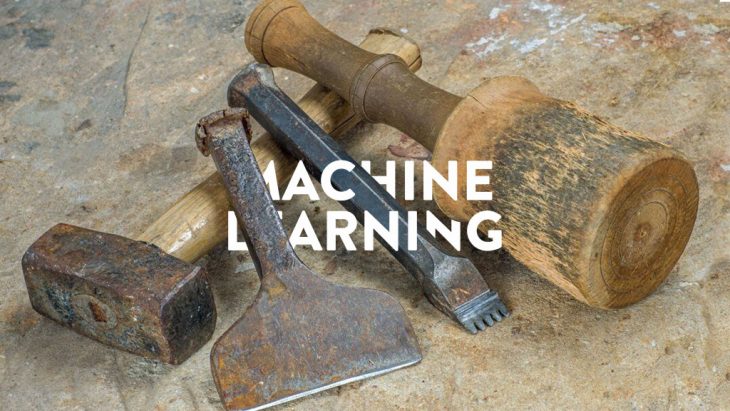
Figure 17: Machine Learning – Toolpath generation
We narrowed down to follow three different paths for a potential application of machine learning:
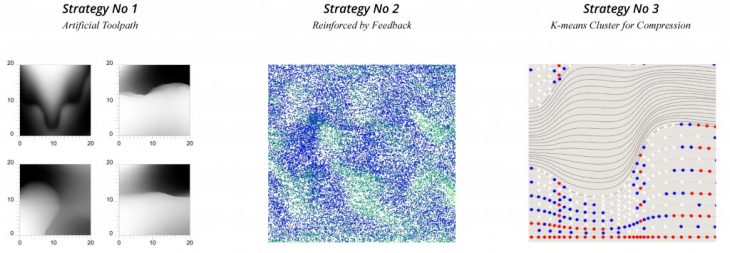
Figure 18: Overview – Machine Learning Strategies
Strategy No 1
The first strategy investigates the use of neural networks and different generative formworks to train an AI to generate flow-lines onto 3d-scanned depth maps customly to be integrated into the specific use case to auto generate a toolpath for the robot out of any given flattened 3d-scan. This project was further investigated in the S.3 Software Seminar. Click on the image below (Figure 15) to see the full project.
The neural net was trained to predict a flow line pattern onto generated mesh height maps. The final initial training iterations gave promising results with a good prediction of the actual meshes curvature. This could now be used to be applied to any shape especially 3d-scanned meshes. Thinking this further could lead to an AI capable of generating tooling patterns beyond the standard parallel or topological roughening known from CNC milling.
Our first large-scale concrete cast created through the sand-cast process was informed by the 3d-scans of the iconic Catalan Modernism building features.
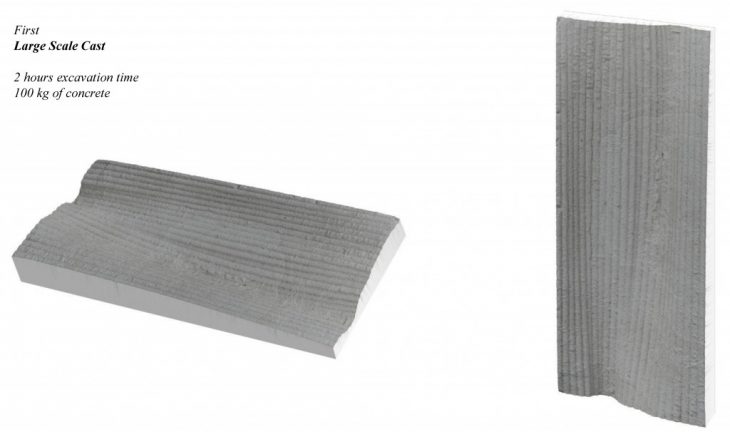
Figure 20: 3d Scan of the 1st Large Scale Cast
The toolpath was set to be as wide as possible to be at an acceptable total excavation time and to investigate the rough grade of detail coming from the simple tool setup. The result was exceeding the expectation with an aesthetic closer to being carved with a chisel by a stonemason. This additional texture on the surface, coming from the tool, was a welcome side-effect making the surface even more intricate.
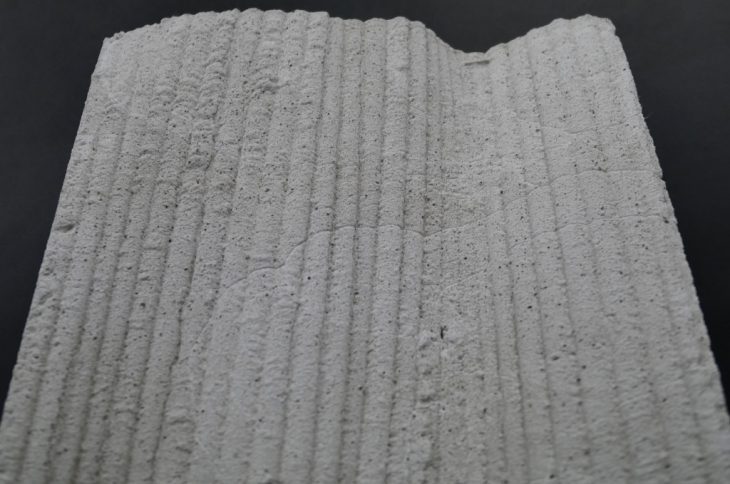
Figure 21: Detail Photograph of the 1st Large Scale Cast
For the second prototype, the aim was to get a higher grade of detail and intricacy and test the boundaries of the steepness of angles possible to achieve. By comparing the results of the excavation of the sand versus the loss of detail due to the concrete casting onto the sand, we could channel future decisions as part of a feedback loop within this design-to-fabrication process.
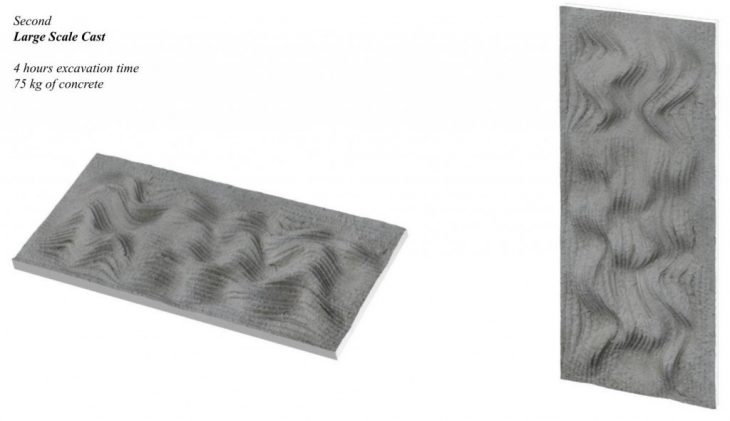
Figure 22: 3d Scan of the 2nd Large Scale Cast
Strategy No 2
The second cast was more intricate and the toolpath texture was resulting in an even more interesting pattern. To compare the loss-of-detail through the use of sand instead of commonly used molding material, we took 3d-scans of the sandbed after excavating but before the casting of concrete and the final cured concrete piece.
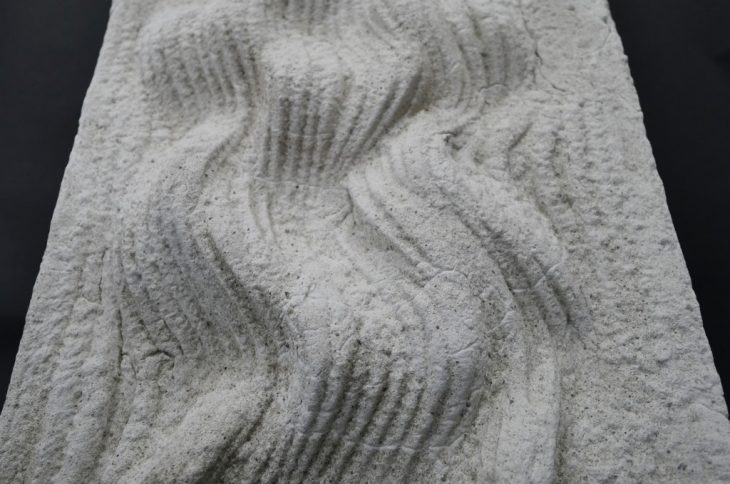
Figure 23: Detail Photograph of the 2nd Large Scale Cast
The comparison of two point clouds; we compared the distance between points of the 3d-scan of the pre-casting sandbed and the final cured cast concrete piece.
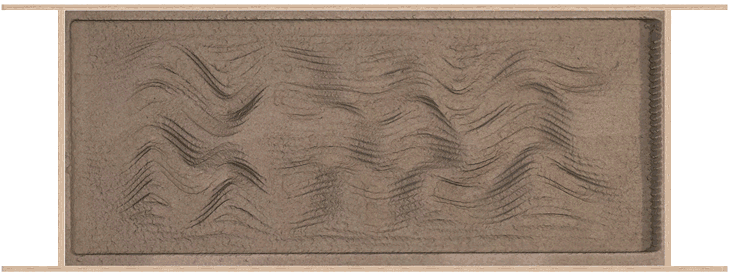
Figure 24: Pointcloud Comparison Pre-cast Sandbed vs. Cured Concrete Piece
The result is actually very promising thinking in an architectural scale and this simple underlying fabrication process. The histogram below shows the vast amount of points are in a range of approximately 0-6 mm off. The mean distance between the two point clouds is 4.95 mm.
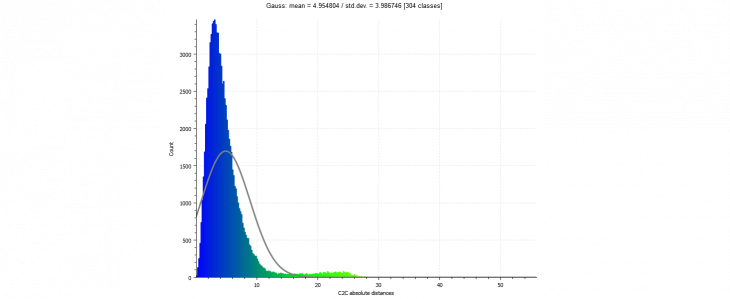
Figure 25: Histogram of Cloud Comparison
The strategy is, to capture data of as many casts as possible and the comparison of the negative with the final csasted positive to collect a large database of physical limitations of the process and analyse opportunities for improvements of the toolpath. By doing so, we can train an the machine to help pre-process the design and modify for the fabrication process.
Strategy No 3
The last prototype of this exploration was aimed to generate multiple patterns and surface finesse onto a single piece by introducing different end-effectors for stamping and additional compression of the sand mold. Beside the metal nozzle for vacuum extraction we 3d-printed an elliptical tool with the aim to generate a Voronoi-like pattern similar to the gravity experiments of Frei Otto. The third tool in the following image (Figure 26) was including a rolling mechanism to compress the sand with the same toolpath after extraction with the aim to level the surface and extra compression of the sand.

Figure 26:Variety of End-effectors mounted to the industrial arm
To support the decision-making process we included machine learning for the distribution of the points for the robotic stamping and the resulting stamping pattern. We used K-means clustering to divide the initial toolpath by curvature into three clusters of stages of compression, three different Z-depth compressing the sand differently.
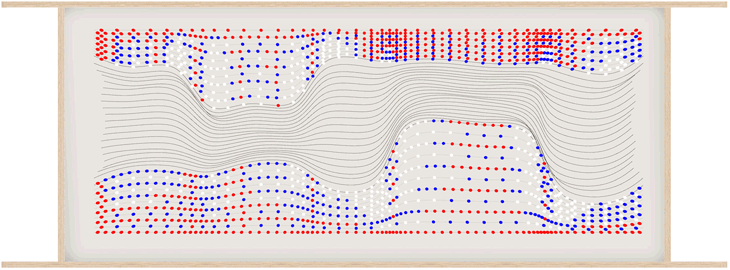
Figure 27: K-means Cluster of Compression Pattern
It needed a precise negotiation of the distance of distribution and level of compression, Z-depth compared to the sand surface.
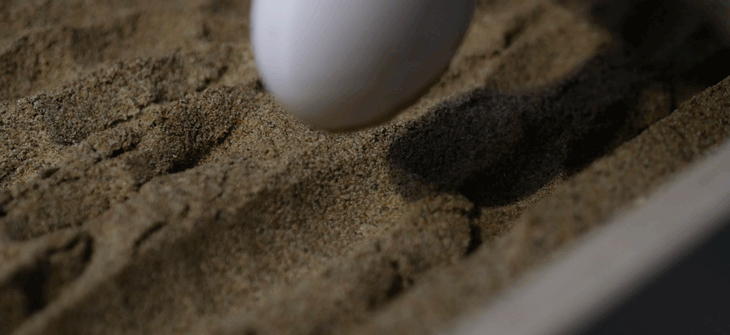
Figure 28: Robotic Stamping Tool
Beside the introduction of this extra property of combining finishes onto a single piece, we wanted to explore a potential application of our concrete pieces as lightweight facade panels. Instead of filling the entire cast with concrete, a cpray gun for granular material helped to evenly apply a thin layer of concrete on the sand mold. The use of a concrete-fibre mix was essential.
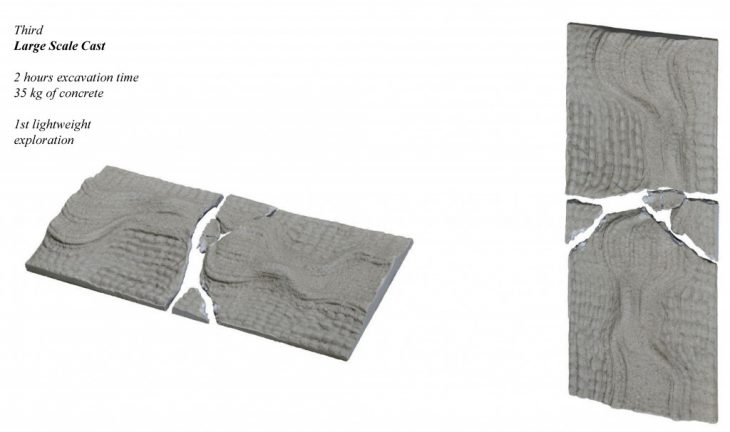
Figure 29: 3d Scan of the 3rd Large Scale Cast
The cured piece gave promising results as seen in the video (Figure 9). Unfortunately the piece broke due to short curing time and abrupt handling.
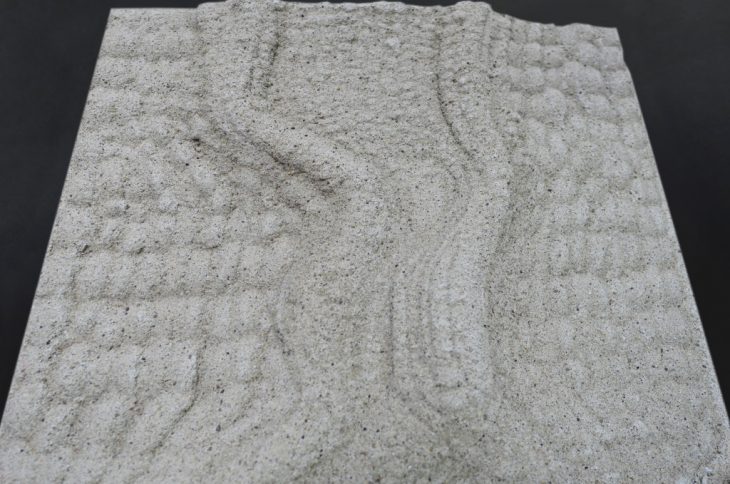
Figure 30: Detail Photograph of the 3rd Large Scale Cast
Conclusion
The overall results of the research are very promising in regards to the search for an affordable, fast and simple process to create complex architectural surfaces. The Robotic Sandcast process represents a back-to-basics approach to the fabrication of reusable molds by making the expensive and wasteful fabrication of professionally manufactured casting molds obsolete.
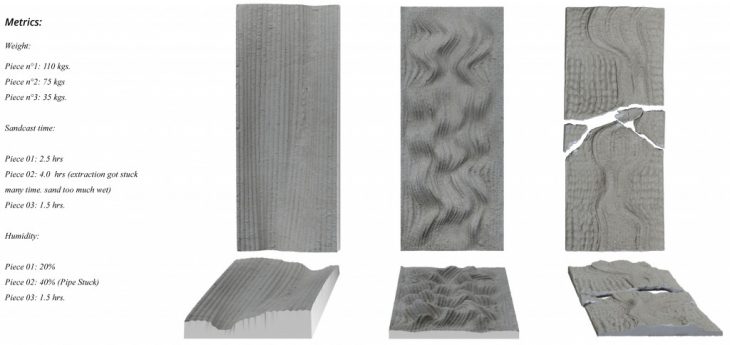
Figure 31: Comparison of Strategies – Time, Humidity, Toolpath, Material Use, Weight
Within a short timeframe, we were able to deliver and refine the robotic setup to create intricately shaped surfaces effortlessly. Metrics in regards to the time needed for extraction, the material used, and the weight of the pieces were improved within this research. Nevertheless the project has potential for further development and it would be interesting to scale up into an even bigger scale to fabricate entire walls or slabs onsite or in a controlled prefabrication environment.
There are multiple ideas to refine the finish in terms of smoothness, even the almost craft-like or natural-stone-like finish has its own natural aesthetics. A finer mix of sand granulate, a crystallizing sodium coat between sand and concrete cast, or a reusable latex cover vacuumed on top of the sand are being discussed.
Potential Application
Thinking of architectural applications, we were once again inspired by Catalan Modernism and the latest state-of-the-art research. Gaudi is described to have been far ahead of his time and was a master of complex surfaces inspired by nature.
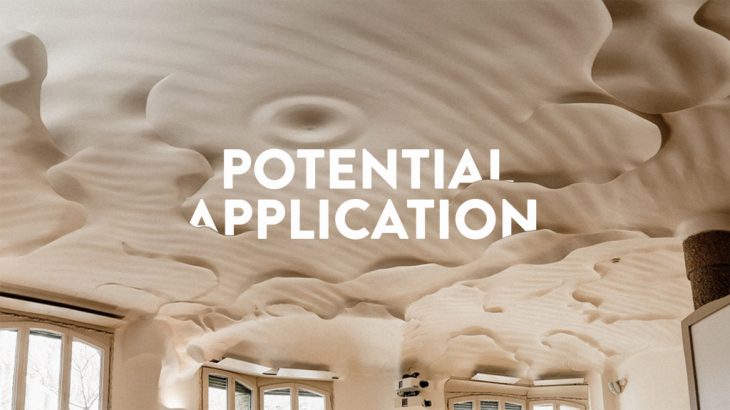
Figure 32: Potential Application
The investigated application would reach from solid concrete walls, a use as lightweight GFRC panels (Glass fiber reinforced concrete) for a facade or even a gaudi-esque interior application.
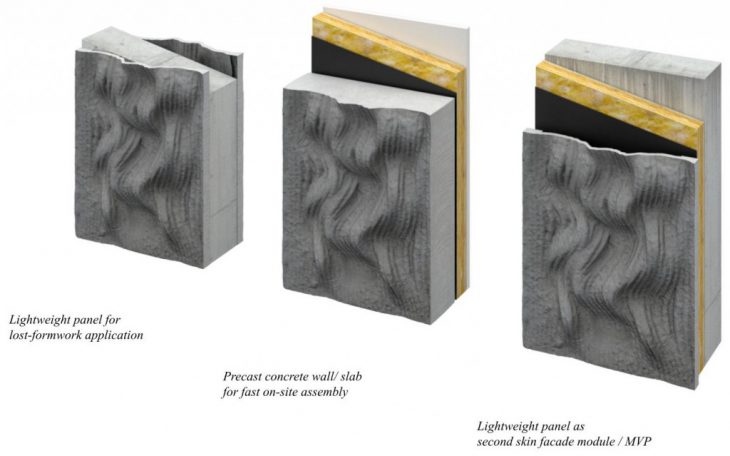
Figure 33: Application of Sandcast Elements
The visualization on the left in the image above (Figure 33) represents a shell-like cast to replace common on-site casting molds as a lost-formwork to act as an enclosure for a final sandwich concrete wall. The central representation is an example of a solid concrete wall to be cast on-site and lifted in position by crane or to be precast and delivered to the site. The last visualization represents a lightweight GFRC panel acting as a second-skin passive-house-standard insulated facade.
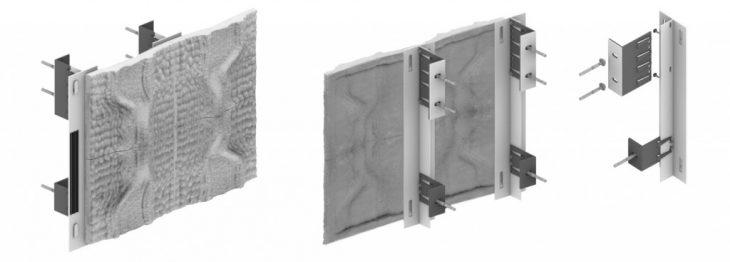
Figure 34: 3d Scan and Mock-up of the GFRC lightweight panel including mounting brackets
Another use case can be seen within the application of the panels in interior spaces reaching from the in-place concrete cast (lost-formwork) up to lightweight panels to cover walls and ceilings.
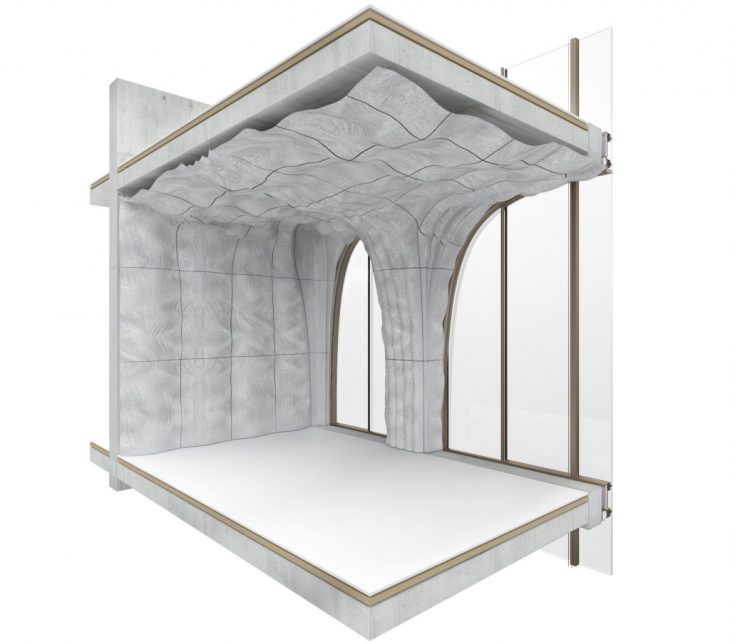
Figure 35: Interior Application of Sandcast Elements
Supporting Research and Links
Robotic Clay Molding: Barcelona, Spain, 2012 Workshop at IAAC Barcelona | gramaziokohler.arch.ethz.ch/web/e/lehre/235.html
Sandworks: London, UK, 2011, AA DRL research from A. Abouelkheir, B. Shahi, J. Lee | sandworks.wordpress.com/
House and Restaurant Cave: Yamaguchi, Japan, Junya Ishigami | arquitecturaviva.com/works/house-and-restaurant-cave-in-yamaguchi
Natural Granules Aggregations: London, UK, 2005-06, AA Diploma Unit 4 (Michael Hensel, Achim Menges) Gen Takahashi | achimmenges.net/?p=4393
Smart Slab: Zurich, Switzerland, 2017, ETH Zurich, Prof. Benjamin Dillenburger et. al | dfabhouse.ch/de/smart-slab/
La Padrera: Barcelona, Spain, Casa Mila, Architecture Exhibition | lapedrera.com/en/la-pedrera/architecture
Democracy in Architecture: The Revival of Ornament: Delft, Netherlands, 2016, Jorik Bais Thesis at TU Delft | academia.edu/26009577/Democracy_in_Architecture_The_Revival_of_Ornament
The Forbidden Curves of Precast Concrete: Denmark, Adapa A/S, Denmark, Article posted September 2020 | adapa.dk/the-forbidden-curves-of-precast-concrete/
From Photocopy to Topo-copy: Vienna, Austria, TU Vienna, David Paul Schwärzler | repositum.tuwien.at/handle/20.500.12708/9062
Ice Formwork: Copenhagen, Denmark, since 2017 ongoing, Innochain PHD Project, Vasily Sitnikov | iceformwork.com/
Why Beautiful Things Make us Happy – Beauty Explained: kurzgesagt, incl. scientific sources | youtube.com/watch?v=-O5kNPlUV7w
Credits
Robotic Sandcast – Arena Robótica // R.3 Studio is a project of IAAC, Institute for Advanced Architecture of Catalonia developed at the Master in Robotics and Advanced Construction in 2020/21 by:
Students: Hendrik Benz, Alberto Browne
Faculty: Alexandre Dubor, Aldo Sollazzo
Faculty Assistant: Antoine Jaunard, Ashkan Foroughi, Soroush Garivani
